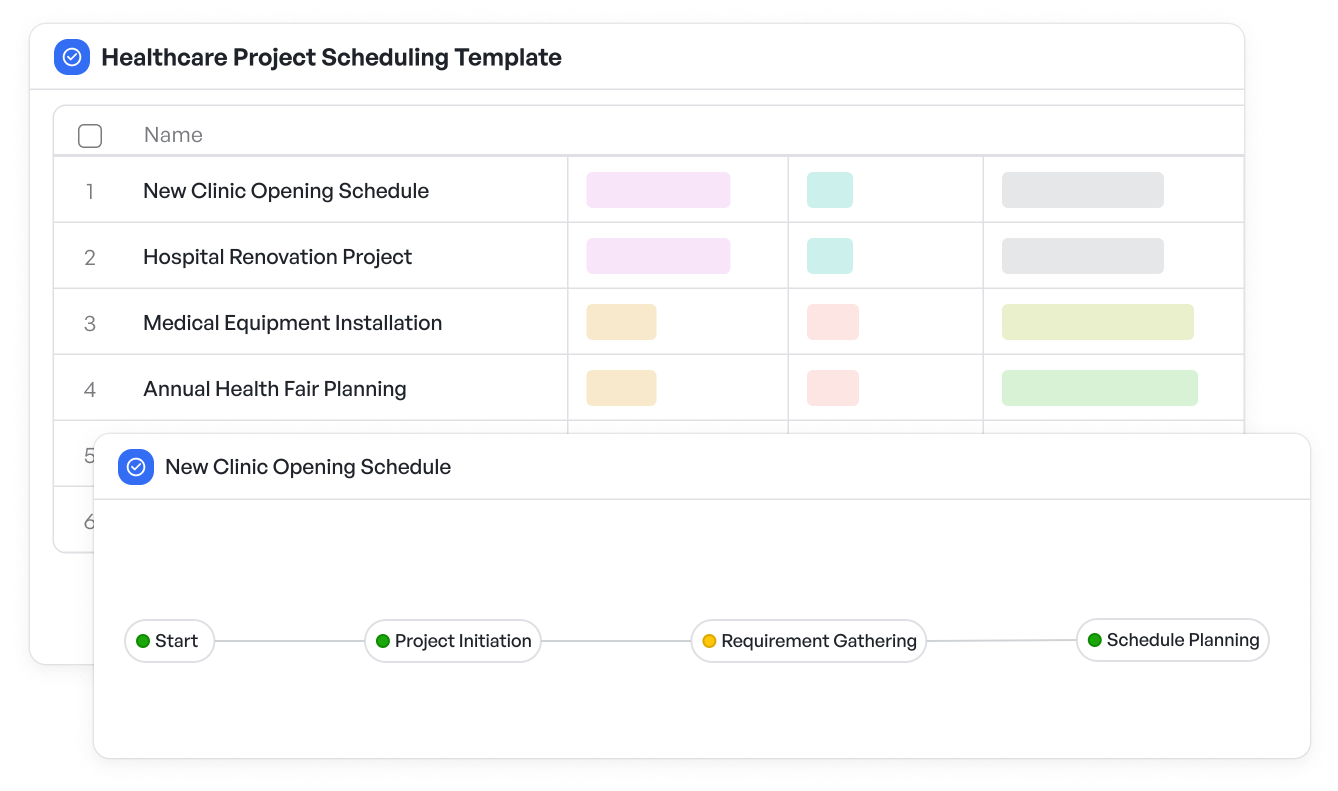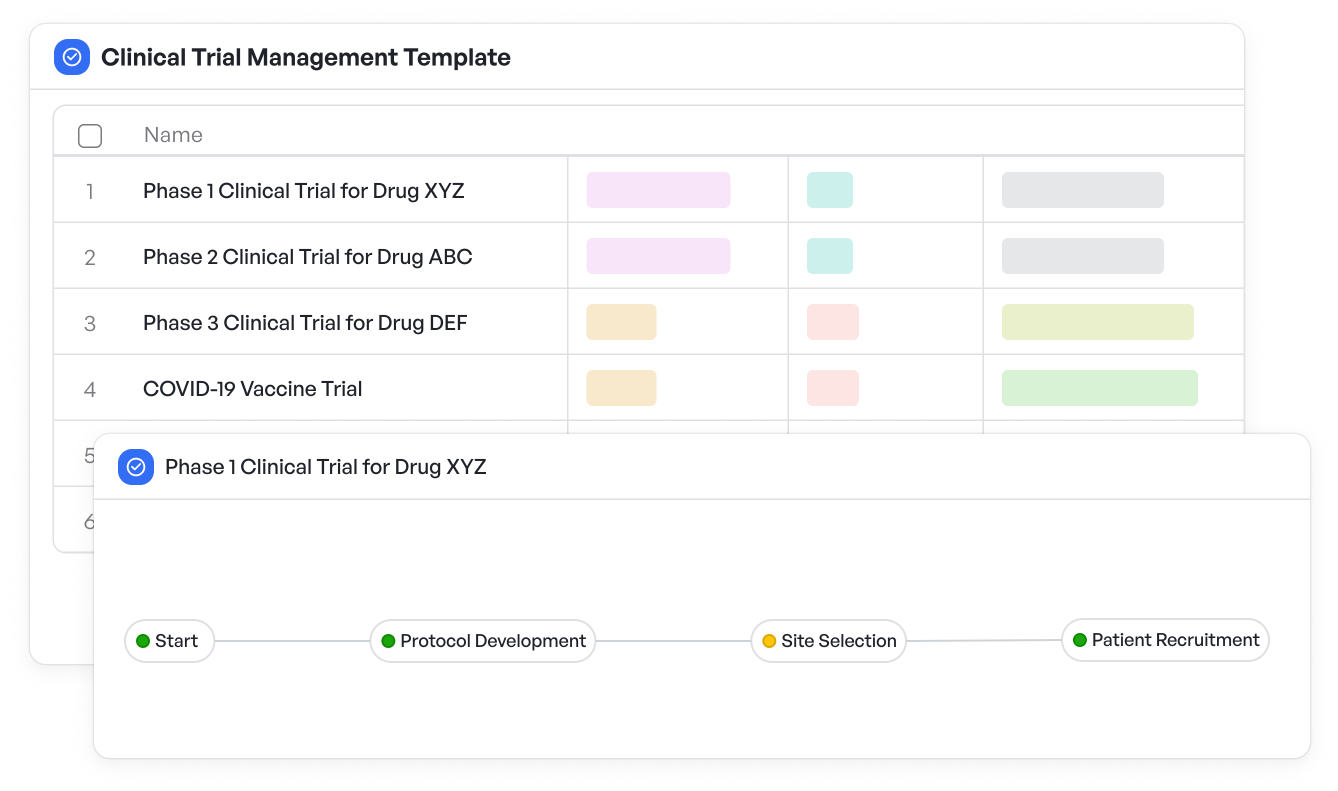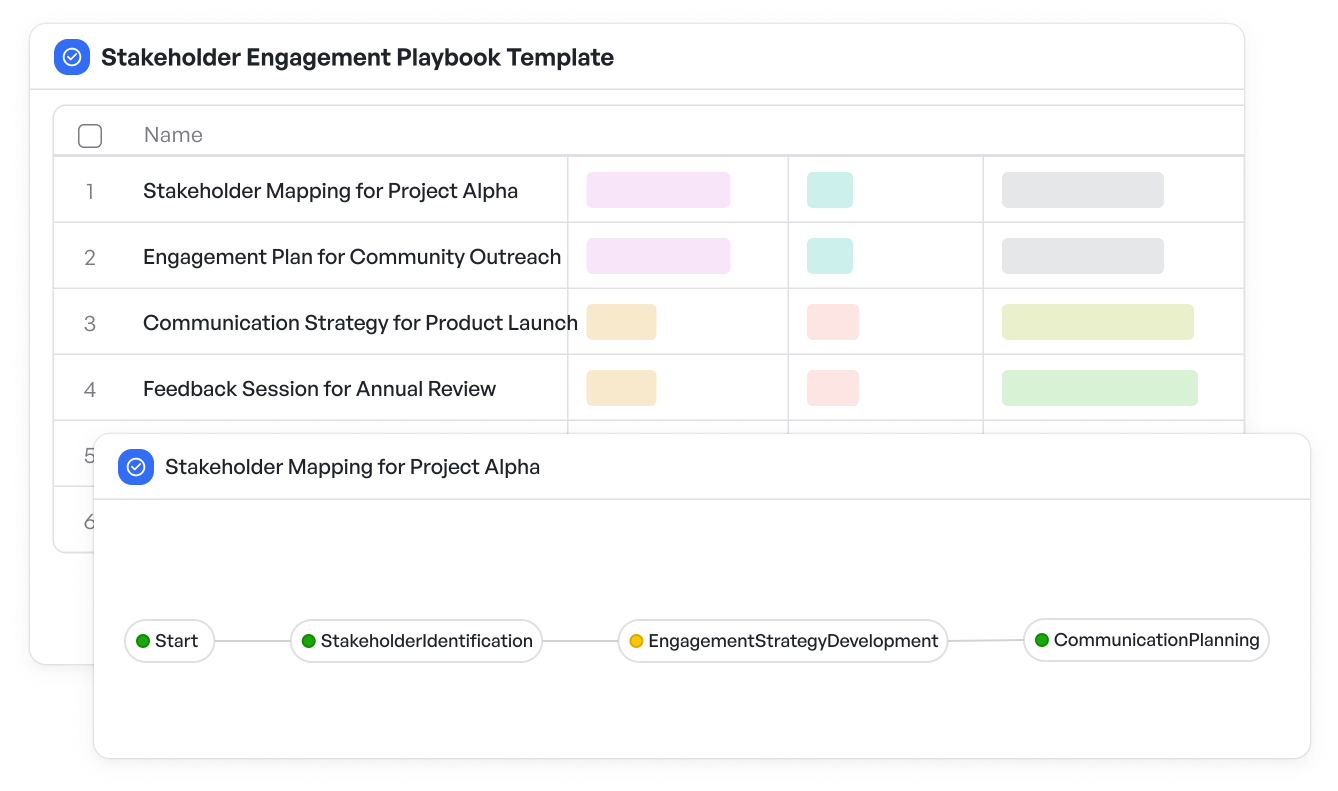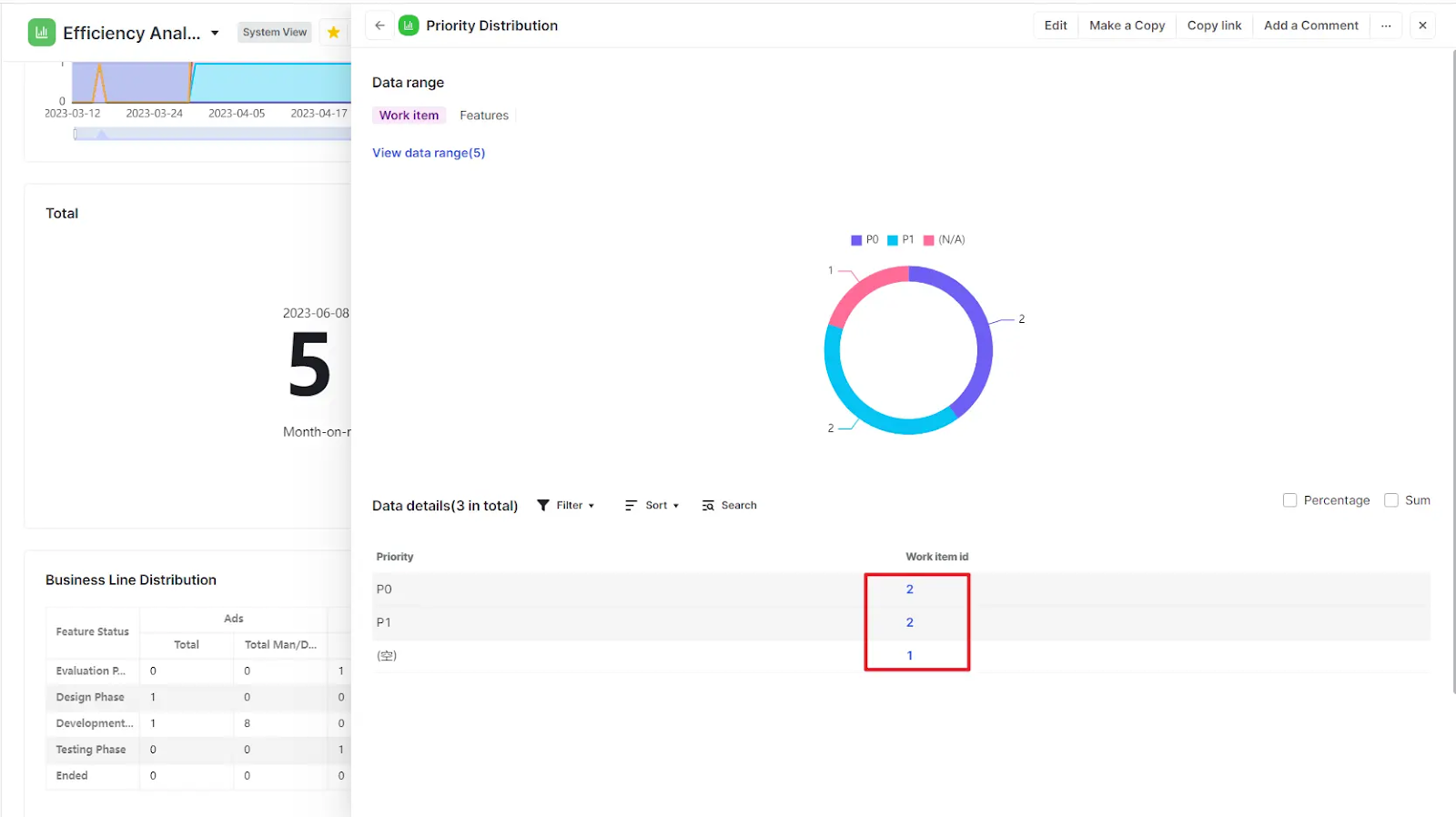How to Implement Agile Modeling in Healthcare

The healthcare industry is evolving rapidly, with new regulations, technologies, and patient care models shaping the future. For software teams operating within healthcare organizations, managing these complex projects efficiently is crucial.
Agile modeling, a part of the broader Agile methodology, offers a flexible and visual approach to software development that aligns well with the dynamic nature of healthcare projects.
This article explores how Agile modeling benefits healthcare software teams, the key principles to apply, and practical steps to implement Agile modeling effectively in this sector.
Understanding Agile Modeling in Healthcare Software Development
Healthcare software projects often involve multiple stakeholders, including clinicians, compliance experts, IT specialists, and administrators. These diverse perspectives can lead to shifting requirements due to regulatory updates or clinical feedback.
Agile modeling addresses these challenges by encouraging iterative development, clear visual workflows, and active collaboration among team members.
By fostering transparent communication and engaging all stakeholders continuously, teams can align priorities effectively, balance competing needs, and drive value creation throughout the project lifecycle.
Agile modeling in healthcare focuses on creating lightweight, visual models that clarify requirements, workflows, and system design without excessive documentation. This approach helps teams stay aligned with changing needs while minimizing overhead.
A Healthcare Project Scheduling Template is an essential tool designed to streamline the planning and execution of various healthcare projects. These projects can range from opening new clinics, renovating hospitals, installing medical equipment, to organizing health fairs.
The unique nature of healthcare projects demands meticulous planning, as they often involve coordination between diverse teams, strict regulatory compliance, and critical timelines.
The template helps project managers to outline tasks, allocate resources, and monitor progress effectively, ensuring that all aspects of the project are covered and nothing is overlooked.
 Healthcare project scheduling template
Healthcare project scheduling templateBenefits of Agile Modeling in Healthcare Projects
Applying Agile modeling brings several advantages for healthcare software teams, including:
- Improved communication: Visual models provide a common language for cross-functional teams, ensuring clarity in complex clinical and technical processes.
- Faster adaptation to change: Agile encourages iterative development, allowing teams to adjust models and designs rapidly as healthcare regulations or user needs evolve.
For more insights on how Agile compares with other iterative approaches and supports flexibility in complex projects, exploring detailed analyses can provide valuable context.
- Reduced documentation overload: By focusing on just-enough modeling, teams avoid wasting time on outdated or irrelevant documents, streamlining project delivery.
- Enhanced transparency: Visual workflows give all stakeholders visibility into project progress, ongoing tasks, and dependencies, reducing misunderstandings.
5 Key Principles of Agile Modeling in Healthcare for Software Teams
To successfully apply Agile modeling, healthcare teams should focus on these five core principles:
1. Model with a Purpose
Create models only when they add value to the team’s understanding or decision-making.
For example, using the healthcare IT project template helps teams capture critical system workflows efficiently, avoiding unnecessary complexity.
 Streamlining healthcare IT workflows with ease and clarity
Streamlining healthcare IT workflows with ease and clarity2. Embrace Iteration
Continuously refine models based on feedback from clinical experts, compliance officers, and end-users.
Templates like the clinical trial management template support iterative updates aligned with evolving project requirements.
 Supporting iterative updates in clinical trial workflows
Supporting iterative updates in clinical trial workflows3. Collaborate Actively
Engage all stakeholders early and often to capture diverse perspectives and avoid costly rework.
The patient care coordination template fosters collaboration by clearly visualizing roles, responsibilities, and communication paths.
 Enhancing collaboration through clear care coordination
Enhancing collaboration through clear care coordination4. Keep It Lightweight
Avoid heavy documentation; use simple, clear visuals that are easy to update.
5. Use Multiple Models
Combine workflow diagrams, data models, and user stories to cover different project aspects comprehensively.
By applying these core Agile modeling principles with support from tailored healthcare templates, software teams can improve collaboration, reduce waste, and adapt swiftly to changing project needs.
6 Steps to Implement Agile Modeling in Healthcare Software Projects
Implementing Agile modeling requires a structured approach that aligns with the unique needs of healthcare.
Here are essential steps for software teams in mid-market and enterprise healthcare organizations:
1. Identify Critical Processes and Stakeholders
Begin by mapping out key clinical and administrative processes that the software will support, and identify all relevant stakeholders such as doctors, nurses, IT admins, and compliance officers using a structured approach like the stakeholder engagement playbook template to gather comprehensive insights.
 A structured playbook to identify, analyze, and engage all project stakeholders
A structured playbook to identify, analyze, and engage all project stakeholders2. Develop Visual Workflow Models
Use visual tools to diagram workflows such as patient intake, data entry, or reporting. These models should highlight task sequences, decision points, and interactions between users and systems.
To ensure accuracy and consistency in these workflows, teams can leverage a structured framework like the data flow diagram validation template, which helps validate proper data flows and prevent errors early in the design phase.
 A framework to validate the accuracy and consistency of data flow diagrams
A framework to validate the accuracy and consistency of data flow diagrams3. Build Lightweight Domain and Data Models
Create domain models representing healthcare entities like patients, appointments, and billing. Keep these models simple to focus on the most important relationships and data flows.
4. Plan Iterative Development Cycles
Organize development into short cycles where models are continuously reviewed and updated based on stakeholder feedback. This iterative approach helps accommodate changes without disrupting the entire project.
5. Foster Cross-Functional Collaboration
Hold regular workshops and meetings with clinical, compliance, and IT teams to validate models, discuss challenges, and align priorities.
6. Use Visualized Workflow Tools for Transparency
Adopt project management tools that support visual workflows, enabling every team member to see project progress, task status, and collaboration scopes clearly.
Challenges in Agile Modeling in Healthcare and How to Overcome Them
Healthcare projects face unique challenges including strict regulatory requirements, complex data privacy rules, and the critical importance of patient safety. To adapt Agile modeling effectively in this context, teams should:
- Incorporate compliance checkpoints directly within workflows
- Explicitly model security and privacy requirements
- Engage regulatory experts actively throughout the modeling process
- Balance documentation needs with Agile’s emphasis on lightweight, just-enough documentation
Understanding the broader framework of healthcare regulatory compliance is essential for navigating these challenges effectively.
Learn more about healthcare regulatory compliance to see how compliance protocols and standards shape project requirements and safeguard patient outcomes.
Visual Workflow Tools: A Vital Asset for Agile Modeling in Healthcare
Visual workflow tools play a critical role by allowing teams to create, update, and share models seamlessly. These tools help healthcare software teams visualize the entire project’s state, track progress, and clarify roles and responsibilities.

Using flexible, visual templates enables smoother communication and better alignment, which is essential when working with diverse healthcare stakeholders.
The Value of Agile Modeling in Healthcare Software Development
Adopting Agile modeling equips healthcare software teams with the flexibility and clarity needed to navigate complex projects. By focusing on visual workflows, iterative improvements, and active collaboration, teams can deliver solutions that meet evolving healthcare demands more efficiently and effectively.
Experience agile modeling that adapts to healthcare’s complexity—keep your teams aligned with Meegle today
The world’s #1 visualized project management tool
Powered by the next gen visual workflow engineRead More
Check All BlogsStart creating impactful work today



